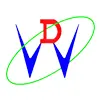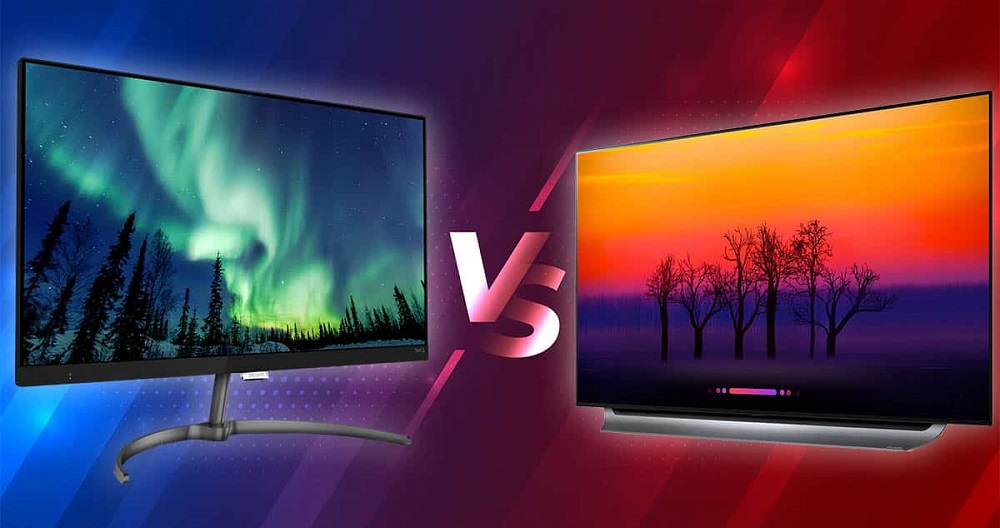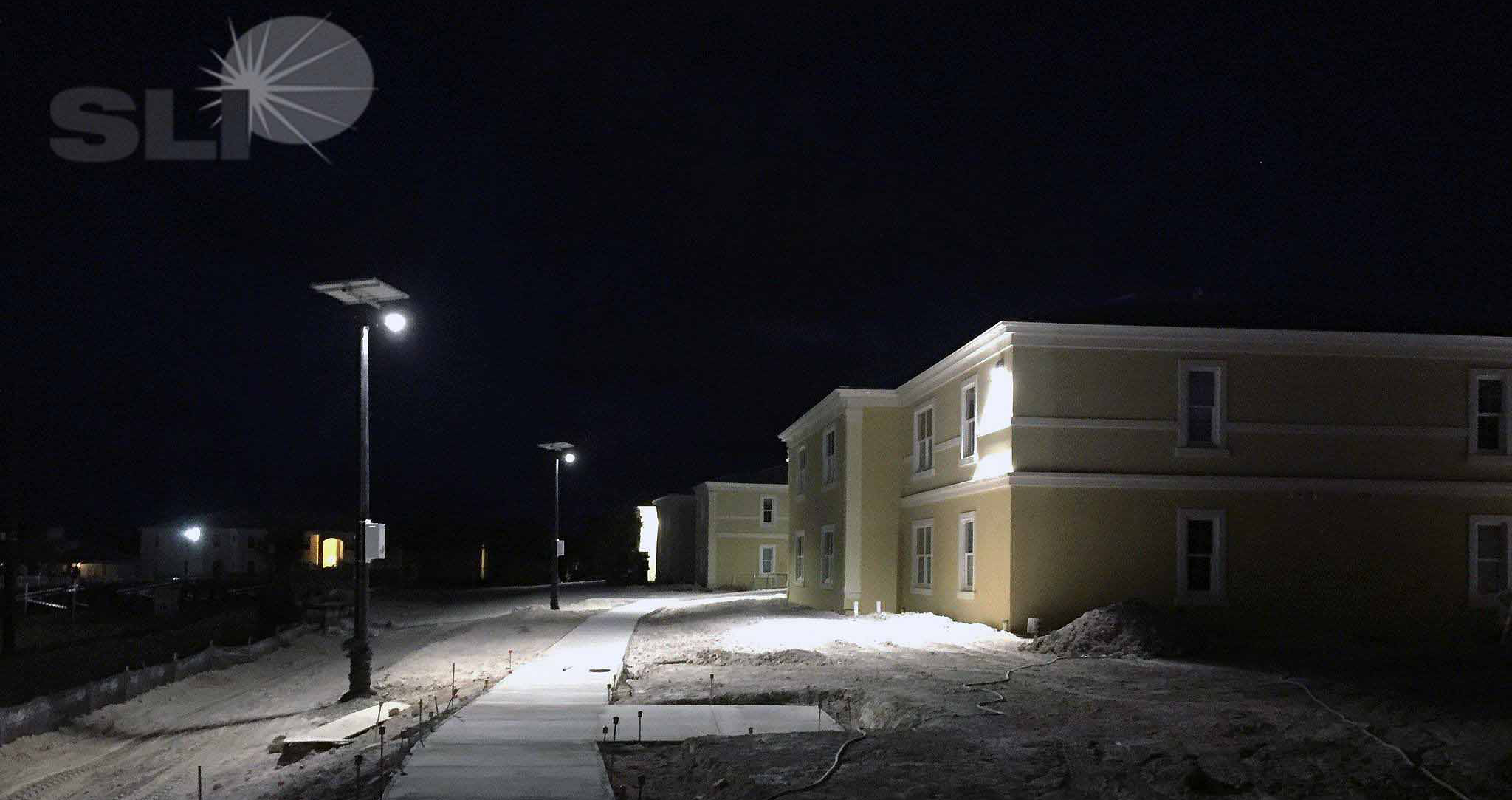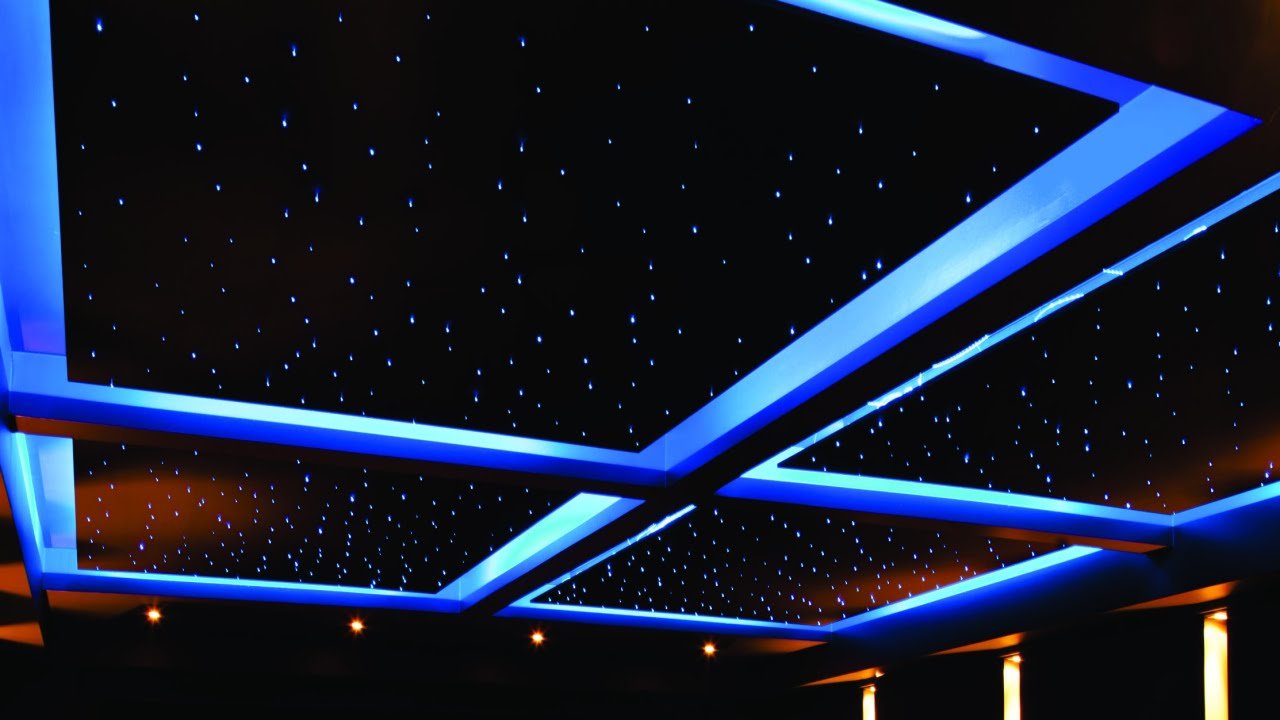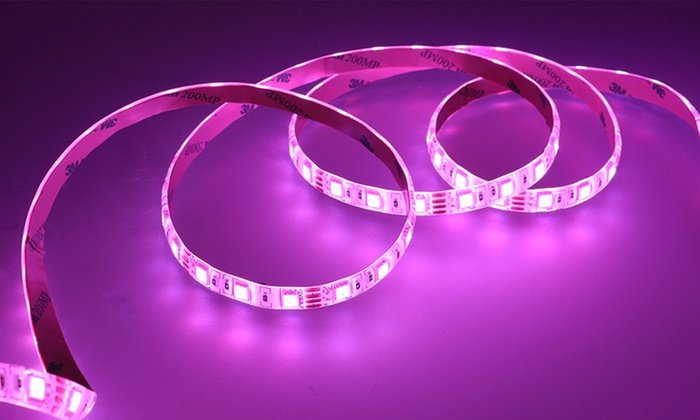LED screens have become popular all over the world for their picture-perfect displays. Today, you find them in use in homes, offices, and public places. From business to pleasure, these screens have taken over and will likely remain so for a significant period.
1. What is LED Screen?
2. Why you should know the viewing angle of a LED Screen before you buy it?
3. How LED Screens work?
4. What is the difference between outdoor and indoor screens?
5. LED Display Screen for Applications
6. LED Screen for rent
7. How to calculate the number of pixels on a screen?
8. How to install a big LED screen?
9. Maintenance of led screen?
In this article, we will review all you need to know about the LED screen so that you can make an informed choice whenever you decide to procure one either for personal use or do business purposes.
What is LED Screen?
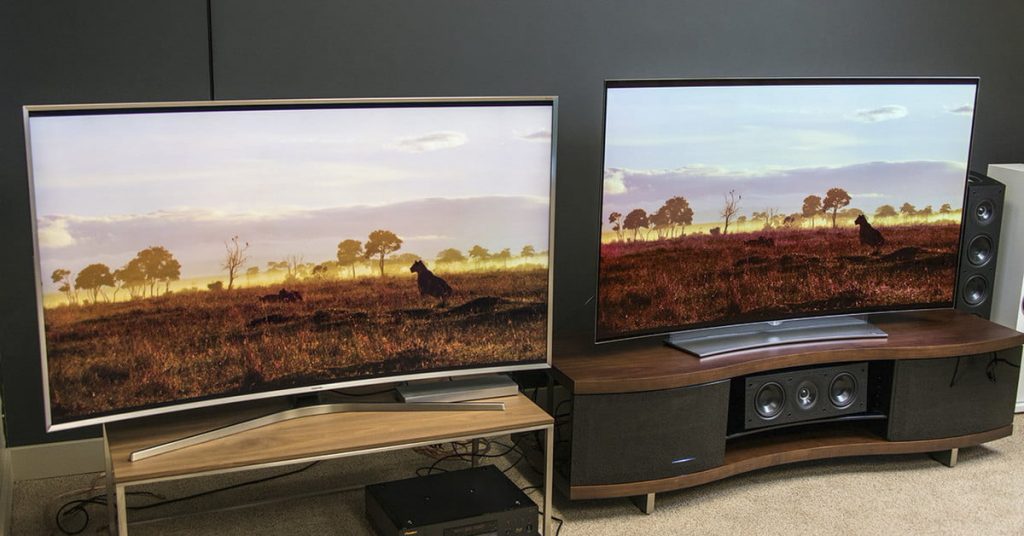
A LED screen or LED Display, as it is often called, is a visual device that uses light-emitting diodes to project images. The screen is very bright and can be used for both outdoor and indoor purposes. Today, there are LED television sets that have become very popular in homes. We also find them in public places and business centers. Advertisers now increasingly deploy them to relay promotional messages and to pass information to the public. We also find them in public transport vehicles, highways, and malls.
LED screens can produce remarkable illumination as well as a visual display when used on stages and to add decorative effects to events. When used to project motion pictures to a large audience, they are known to work better than projectors due to their high contrast capacity.
History OF LED
Light-emitting diodes or LEDs were first launched in 1962, and the first set of screens produced red color during the first decade of their existence. This technology was invented by Nick Holonyak when he worked at General Electric in the same year. However, the first practical display of LED was done six years later in 1968 by Hewlett- Packard and developed by a host of engineers. These engineers combined their expertise to release the HP Model 5082-7000 Numeric indicator in 1969.
The early models of LED screens were monochromatic, but in later years, the efficient Blue LED was introduced in the 1980s. Ever since the technology has been improved upon and today, there are large screens with high image resolution capacity and an array of colors. After three long decades of research and development, SONY introduced an organic light-emitting diodes television, otherwise known as OLED Tv.
Now, we have LED screens of different variations such as television sets, LED billboards, late screens for concerts, and public events, amongst others.
LED Screen Brightness
LED screens are brighter than many other image display screens. The average LED screen is brighter than LED television screens primarily because LED screens are used for outdoor purposes more than they are used indoors. Their brightness is measured using Mandela per M2 or Nits. If the screen had a very high luminous level, it’s level of brightness will he high also.
When shopping for a LED screen, it should not come as a surprise to you if you notice that brighter screens command much higher prices. This is because manufacturers place a premium on-screen brightness, and they fully understand how much value buyers desire screens with high-quality HD images. Another thing to take note of is that brighter screens also consume not power, so choosing the right screen is important if you want to keep your energy bill within your budget.
Viewing Angle
The viewing angle is analyzed based on the position of the person viewing the screen. LED screens with poor viewing angles have a limited range. When viewing such a screen, you need to position yourself in front of it for a clear image.
LED screen angles are measured vertically and horizontally, and they indicate at what range the image is visible. For instance, if your screen has a 160/120 image viewing angle, the first number (160) is the horizontal angle, while the second number (120) is the vertical angle.
Why you should know the viewing angle of a LED Screen before you buy it?
Viewing angles are important because they affect the view of your audience in more ways than you can imagine. If the viewing angle is poor, your audience will not enjoy the content on display. Positive image perception from viewers is key if you want favorable feedback. Furthermore, using screens that have the three basic colors is advisable because visual interference is at a minimum or non-existent when viewed from wide angles.
LED Screen Technology
The technology behind LED invention are too numerous to cover in this article bit to broaden your knowledge; we review some of the most important ones. These features combine to produce the crystal clear images we all have come to enjoy today with LED Screens.
Greyscale Technology
Greyscale is used in television sets and larger screens. In many indoor and outdoor LED screens, this technology is present. Greyscale technology ensures image Optimization Technology for high image quality production. Manufacturers incorporate this technology into their products to achieve image perfection at all times.
Calibration
In the first months or even years after you purchase your LED screen, you may not have any issues with the screen projecting flat color fields, but with time, this may not be the case as the display may become comprised. This is where calibration technology comes in. Researchers have also discovered that brighter screens degrade LEDs faster than normal. To combat the possibility of uneven image and color fields, advanced calibration techniques and technology is adopted by manufacturers so as to ensure that their screens last for years without image quality decline.
Image Diagnostics
It takes thousands of components to manufacture a LED screen. Besides the pixels used, there are so many other components that most users have and will never know of all through the lifecycle of their screen. These components all have to work in unison and to be in good condition for the screen to function. Due to their large numbers and the different functions they perform, it is inevitable that some of them will malfunction temporarily or permanently as the case may be. For this reason, a remote diagnostic system is installed on the screen to track and fix component failures should they occur.
Certification
LED screens come in different shapes and sizes, and so are their certifications. The country where the screen is manufactured is important, and it is not uncommon to find screens having different certificates. Most manufacturers will tell you that their product has been tested and certified, but this is not always the case. Finding out the authenticity of your LEDs is important to avoid running the risk of having it confiscated by authorities in your home country at the point of entry. Common certifications attached to LED screens after they have been tested are listed below.
- CE – ETL – FCC – UL
Louver Design
Called Louver by some and a Mask by others, this design has a significant effect on quality. A louver design creates dramatic effects and boosts performance in areas such as viewing angles, contrast quality, and high definition light changing features.
Navigator
The navigator feature helps users operate LED screens are well as to control image, color, and audio output. Some of the features you can control with an inbuilt navigation system include but are not limited to DVI Loop, Redundancy regulation, automatic plugs, and USB drivers and health indicators.
How LED Screens work?
LED Screens work in a similar way, albeit with slight variations. The difference in operation is reflected in this type of LED display. There are two basic types of LED screens. We have the Backlit Screen display that uses a wide array of LEDs to illuminate the screen. Then there is the LED that emits using RGB colors directly from to screen. Both types are cost-effective, which makes them some of these most affordable mass media display screens sold in the market. Now let us look at the different types of LED Screen configurations there are. Knowing them by heart and how they function will place you in good stead to pick the one that is right for you.
Direct-Lit Configuration: A Direct-Lit LED screen is the most affordable of all three configurations. Direct-Lit Screens use fewer LEDs than others. Direct-Lit screens a larger in size and cannot be controlled independently. This makes them the least favorable option for complex images; however, they are suitable for displaying large images to a mass audience. Direct-Lit screens are perfect for outdoor events.
Edge-Lit Configuration: Edge-Lit is perfect for indoor use. In fact, most OLED Tvs are Edge-Lit screens. The LEDs in Edge-Lit screens are located at the edge of the screen, which makes them thinner in width. They have very few pixels compared to other configurations.
Full-Array Configuration: This is by far the most popular LED configuration of them all due to the excellence of their backlighting quality. Unfortunately, they are very expensive options. A full array configuration evenly distributes LEDs across the entire length and breadth of the screen for a much better lighting output. They also produce dynamic colors and clear images due to their wide range of colors. A Full-array LED screen can be used for both indoor and outdoor purposes.
What is the difference between outdoor and indoor screens?
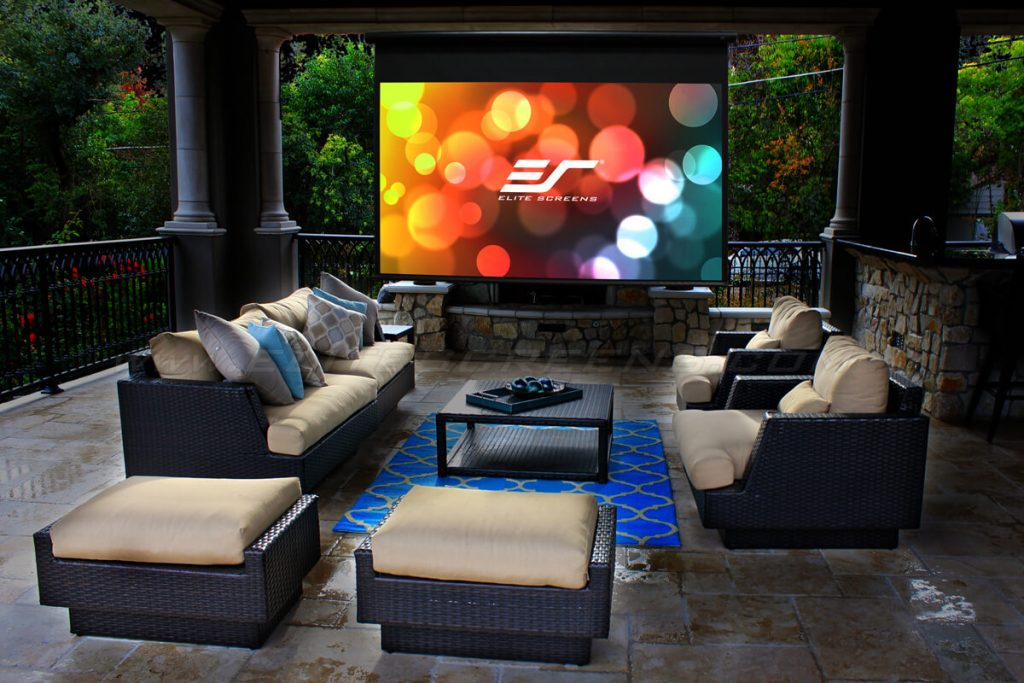
Many are unable to distinguish between an indoor and outdoor screen. The truth is any LED screen can be used for indoor or outdoor purposes, but the quality of images will not be the same. When choosing a LED screen, first decide the location of use. If you intend to use it for indoor purposes, it is advisable to go for one that is specially created for indoor use. The same should be the case for outdoor usage. Having pointed this out, it will interest you to know that there are screens that are perfectly suited for both indoor and outdoor use like Full array screens. The difference between outdoor and indoor screens are as follows.
Outdoor Screen: This is used to display multimedia content at public venues with a large audience. Common events where you find outdoor screens on display include music concerts, brand display, adverts, and product launches. Outdoor screens at very bright and colorful.<\strong>
Indoor Screen: Notably used for indoor purposes and events where there is limited natural light. These screens offer higher quality spectrophotometer color and saturation. Common examples of indoor screens are OLED TVs, Cinematic screens, and image projection devices used in board meetings and streaming services.<\strong>
LED Display Screen for Applications

LED display screens are used for different purposes and in different professions. This multi-purpose device has proven to be very useful for the following:
LED Screen for Stage: In modern times, event managers seek out gadgets and broadcast equipment that best projects their content to a mass audience, and none does it better than LED screens. Showing motion picture contents on a clear screen increases engagements more than anything else, especially for spectators sitting far away from the stage. The picture quality that the LED screen provides makes it a must-have for all outdoor events.
LED Screen for Conferences: Organizing a conference for just a few people or people under a hundred in number is much easier compared to organizing the same for attendees numbering hundreds. Using a small or low-quality screen won’t make for good reading. Even though most conferences ate held at indoor venues, organizers want to make sure that every single attendee is carried along as the event progresses. LED screens ensure that. Since they come in different sizes, organizers choose to display screen sizes based on the size of the conference hall and the number of attendees. That also considers the sitting arrangements in place when picking the right spot or spots to install the Screen(s).
LED Screen for Sport: LED screens are found at sports grounds the world over. In large arenas where thousands of fans visit to watch their favorite stars live, sitting far away from where the action is taking place can dampen the excitement. Sports administrators install large display screens at single or multiple points so that every single fan can be part of the action.
There are also special OLED Tv sets that are perfectly suited for sport watching in the confines of our home. OLED Television is bright, clear, and produce HD images. What’s also great about them is that you do not have to endure screen burn-in when an old image is replaced by a new one.
LED Screen for Exhibition: Large exhibitions like the annual CES require highly functional gadgets. Promoters use display screens to connect with visitors who attend their exhibitions. In a standard exhibition setting, visitors do not remain static but move from point to point, reviewing the products on display by the same or different brands.
By using a LED screen, promoters leave a lasting impression in the minds of visitors long after they must have left their stand of the exhibition ground. LED display screens are also used to provide information about their product or their brand, including providing visitors with their contact addresses.
LED Screen for Advertising: The use of inch-perfect and crystal clear motion display screen is an integral part of modern advertising. No matter how great a product or advert maybe, if it is not introduced in the best possible light, potential buyers may be dissuaded from buying it. This is why advertisers use only the best quality screens. Today, we can find display screens, advertising products, and brands at public places like shopping malls, cinemas, major road intersections and highways, airports, metro stations, and even taxis.
LED Screen for Church: Religious organizations are not left put in the use of LED screens for mass communication. In fact, churches were one of the early adopters of LED screens are they made it more popular over the last decade or so. By transmitting the happenings from the altar to the entire congregation, congregants can take in the worship experience wherever they are seated. This helps in crowd management since every worshipper will not be so keen to sot close to the altar since they can view the altar from any location working the church auditorium.
LED Screen for Car: In the past, car manufacturers did not place much of an emphasis on the image quality of screens on their dashboards, but today, this has changed. Today, it has become a common sight to find Sport Utility vehicles and cars of all kinds, having LED screens on their dashboards. With this screen, passengers can watch videos while in transit.
LED Screen Monitor: Most computer monitors manufactured today have LED screens. Some popular computer brands that have adopted LED screen display included HP, Dell, Apple, Compaq, and many others.
LED Screen for rent
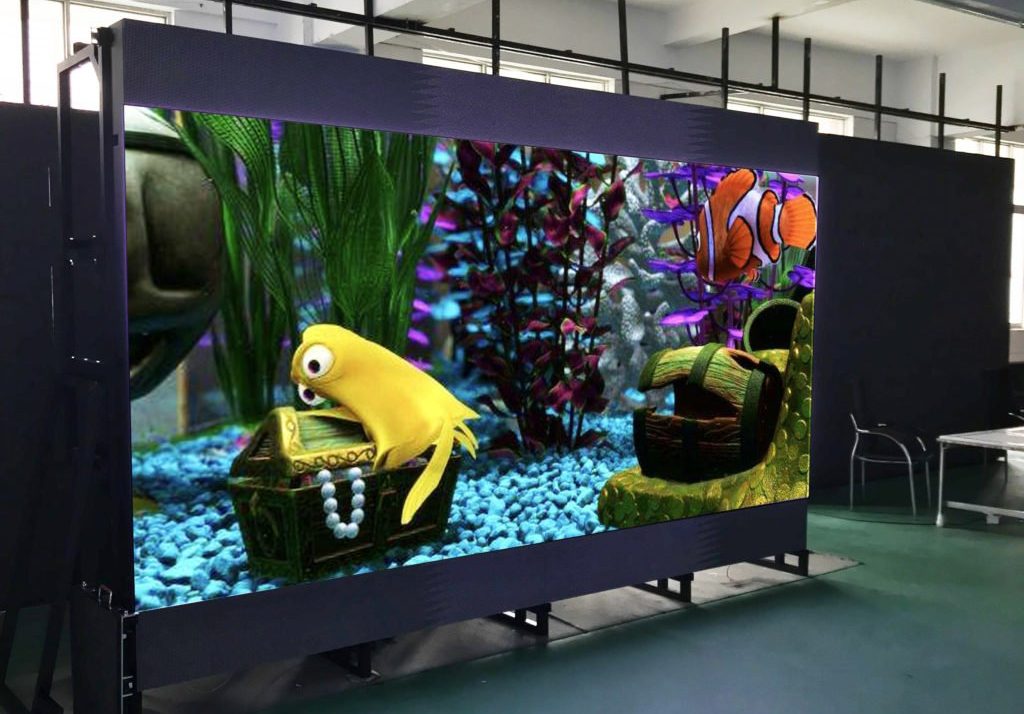
When it comes to organizing an event for a large audience, a lot of planning goes into planning. Among the numerous equipment used for mass broadcast in life Large Lead screens that are known to be very expensive to procure. Buying a large LED screen that you may likely use only once a year or a few times every year is not a smart idea. However, that does not mean that your plans should be disrupted due to cost. You can approach rental service companies that have LED display screens for hire.
For just the fraction of a cost, you can hire a good screen for your event. Some of these companies also have technicians who can install the screen at the venue prior to the event and also operate it during the event. All of these you can get for an extra fee.
How to calculate the number of pixels on a screen?
Calculating the number of pixels on a screen is not rocket science. In fact, it is quite easy if you know how to go about it. If you want to calculate the number of pixels on a screen, you will need to measure the screen dimension in millimeters. Doing this will give you the number for its height and width. Both numbers will then be divided by the screen’s pixel pitch also in millimeter.
For instance, if your screen is a P10 screen with a total size dimension of 3.84m x 2.88m, to get the total number of pixels, simply convert this data to 3840 millimeters for the width and 2880 millimeter for the height. Having done this, divide both numbers by the pixel pitch, which is 10mm. Your screen’s resolution will then be (384 x 288).
Another method to calculate the total number of pixels is to calculate the number on each cabinet. Doing so for each cabinet will help you determine how many pixels there are for the whole screen. If your screen is P10 and it has 12 panels with a 4pcs width and a 3pcs height, and each panel is sized 96 x 96 pixels, this will mean that the entire LED screen has 384 pixels x 288 pixels.
How to install a big LED screen?

Before you install a big LED screen, here are the following issues you have to address first so that you do not make a mistake that you might live to regret. First, answer the following questions.
- Is the LED Screen for indoor or outdoor purposes?
- Will the LED Screen be easy to operate and to maintain?
- What will the screen display, and how will the content be displayed?
- What this your budget?
- How many images will be displayed?
- From which location will people view the contents on the screen?
- What is the space requirement?
Above are some of the important questions you must answer first before taking any further steps. After the above has been answered, you can move on to the final installation phase. To get it done rightly, I recommend that you hire professional technicians to handle the entire process from start to finish. Hiring experts will ensure that the screen is properly installed on time without the possibility of damages to the equipment.
Maintenance of led screen?
If you want to maintain your LED screen so that it lasts for as long as possible, endeavor to do the following.
- Prevent moisture from gaining entry into the LED compartment to avoid corrosion.
- When cleaning the screen, be as gentle as possible. Do not apply pressure
- Ensure at all times that the screen is dirt free. Dirt accumulation affects image quality.
- For outdoor screens, do not use them under bad weather such as rain or snow.
- Provide a stable power supply to the screen when it is on.
- Try to keep the screen inoperative at least 2 hours out of every 24 hours
- If you are not using the screen frequently, endeavor to switch it on once a week to sustain performance.
- Repair perceived faults as quickly as possible.
LED Screen Manufacturers

In conclusion, find below some of the world-renowned manufacturers of some of the best-LED display screens that money can buy.
- AU Optronics – China Star Technology (CSOT) – BOE – Chunghwa Picture – Ever Display Optronics – Futaba Corporation – LG Display – Kyocera – LXD Inc – Planar Systems – Samsung – Sony – Sharp – Tianma – Visionox
